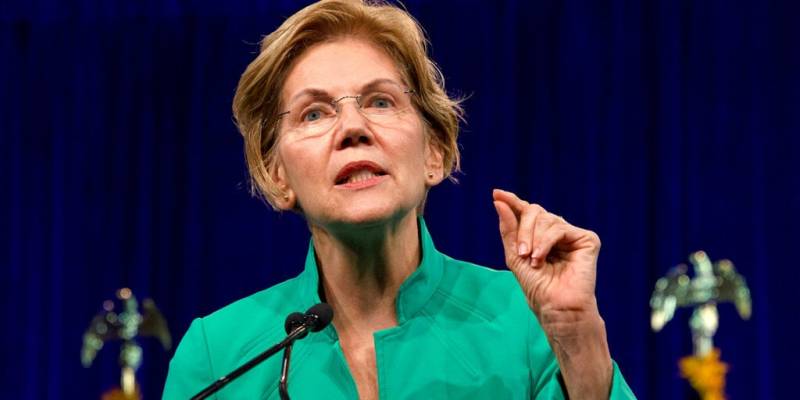 |
|
 |
|
 |
|
 |
|
 |
|
 |
|
 |
|
 |
|
 |
|
 |
|
 |
|
 |
|
 |
|
 |
|
 |
|
Paolo Ardoino, CEO of Tether, has shared his vision for what he calls the “stablecoin multiverse.” In recent statements, he highlighted the growing role of stablecoins in the global financial system.
A new era has dawned with the emergence of the "stablecoin multiverse," according to Paolo Ardoino, CEO of Tether. In a recent statement, he highlighted the growing role of stablecoins in the global financial system.
As the adoption of stablecoins continues to increase across the world, Ardoino predicts that we will soon see hundreds of companies and governments launching their own stablecoins.
This bold prediction comes as the stablecoin market has become increasingly competitive. While USDT remains the dominant player, USDC is quickly closing the gap.
According to March 2025 data from Visa on-chain analytics, USDT recorded $357.35 billion in transaction volume.
This figure is more than double USDC's $207.80 billion. However, USDC has been growing at a faster rate in recent months. Over the past three months, USDC expanded its supply by $16.6 billion compared to USDT's $4.7 billion.
USDC recently hit a record market cap of $60.2 billion. This surpasses its previous peak of $55 billion from 2022. The growth shows increasing market confidence in Circle's stablecoin offering.
Other stablecoins like FDUSD and PYUSD are also contributing to the sector's expansion. Despite these developments, the gap between USDT and its closest competitors remains clear. Tether's early market entry and widespread adoption continue to give it an advantage.
Institutions Join the Fray
Fidelity Investments is venturing into the stablecoin domain, signaling broader institutional interest in these digital assets. The firm's digital assets division will be spearheading this initiative.
This division already facilitates execution and custody services for Bitcoin (BTC), Ethereum (ETH), and Litecoin (LTC). Adding stablecoins to their portfolio represents a natural expansion. It also lends credibility to the stablecoin sector as a whole.
Ardoino claims that Tether's USDT already has more than 400 million users worldwide, and this number is expected to soon reach 1 billion. The CEO highlighted Tether's focus on "adoption from the ground up."
He contrasted this approach with traditional finance watching "from their ivory towers." This grassroots strategy has helped Tether maintain its market leadership and build a loyal user base across multiple countries and regions.
U.S. Presence and Regulatory Landscape
Ardoino has expressed openness to creating a domestic stablecoin in the United States.
"We are going to watch the bill for the requirements of the U.S. domestic stablecoins and we would be open to create a domestic stablecoin in the U.S.,” he said on the "On the Brink" podcast.
He acknowledged that this would require a different business model, and Tether would need to research and understand how to operate in the U.S. market, where Tether has traditionally had limited presence.
The stablecoin issuer has faced regulatory challenges in the past. In 2021, the Commodity Futures Trading Commission ordered Tether to pay $42.5 million in fines. The company has also seen its tokens delisted by exchanges serving the European Union following the passage of MiCA regulation.
Despite these challenges, Tether appears to be working to improve its relationships with regulators. According to Ardoino, the company works with the Department of Justice and Treasury "almost daily." This suggests a shift toward more regulatory compliance.
The company now has connections in the U.S. government. Commerce Secretary Howard Lutnick previously served as Chairman and CEO of Cantor Fitzgerald. Under his leadership, Cantor Fitzgerald began managing the reserves backing Tether's USDT in late 2021.
Toward Greater Transparency
In a move toward greater transparency, Tether is engaging with one of the "Big Four" professional services firms to conduct a full audit of its finances.
"The audit is top of our priority list," Ardoino stated during the podcast. "Our balance sheet is very easy." This move aims to address long-standing questions about Tether's reserves.
The company recently appointed Simon McWilliams as its new CFO, who will help facilitate the full audit. Ardoino indicated that if Tether issues a domestic U.S. stablecoin, both it and the international USDT would undergo complete audits.
Furthermore, Tether has positioned itself as a defender against crypto crime. The company recently helped freeze $9 million connected to the Bybit hack, which they described as assistance in addressing "the largest cryptocurrency theft in history."
These actions suggest that Tether is working to distance itself from past controversies and focus on building credibility with users and regulators, which could help secure its position in the evolving stablecoin landscape.
Disclaimer:info@kdj.com
The information provided is not trading advice. kdj.com does not assume any responsibility for any investments made based on the information provided in this article. Cryptocurrencies are highly volatile and it is highly recommended that you invest with caution after thorough research!
If you believe that the content used on this website infringes your copyright, please contact us immediately (info@kdj.com) and we will delete it promptly.
-

- Warren Lambasts Trump's Stablecoin Project USD1, Accuses President of Using the Legislation to "Enrich" Himself.
- Apr 08, 2025 at 12:00 pm
- On Wednesday, U.S. Senator Elizabeth Warren (D-MA) took aim at a stablecoin-focused bill making its way through Congress, accusing U.S. President Donald Trump of using the legislation to further his own financial interests.
-

-

-

-

- Welcome to The Protocol, CoinDesk's weekly wrap-up of the most important stories in cryptocurrency tech development. I'm Ben Schiller.
- Apr 08, 2025 at 11:50 am
- This article is featured in the latest issue of The Protocol, our weekly newsletter exploring the tech behind crypto, one block at a time. Sign up here to get it in your inbox every Wednesday.
-

- Pi Network's native token PI has crashed roughly 73% less than one month after reaching its all-time high at $2.99
- Apr 08, 2025 at 11:50 am
- As of press time, PI was trading at $0.80, inching closer to its $0.70 launch price on Feb. 20. This makes PI drawdown over 10x deeper than the rest of the market.
-

-

-



























































